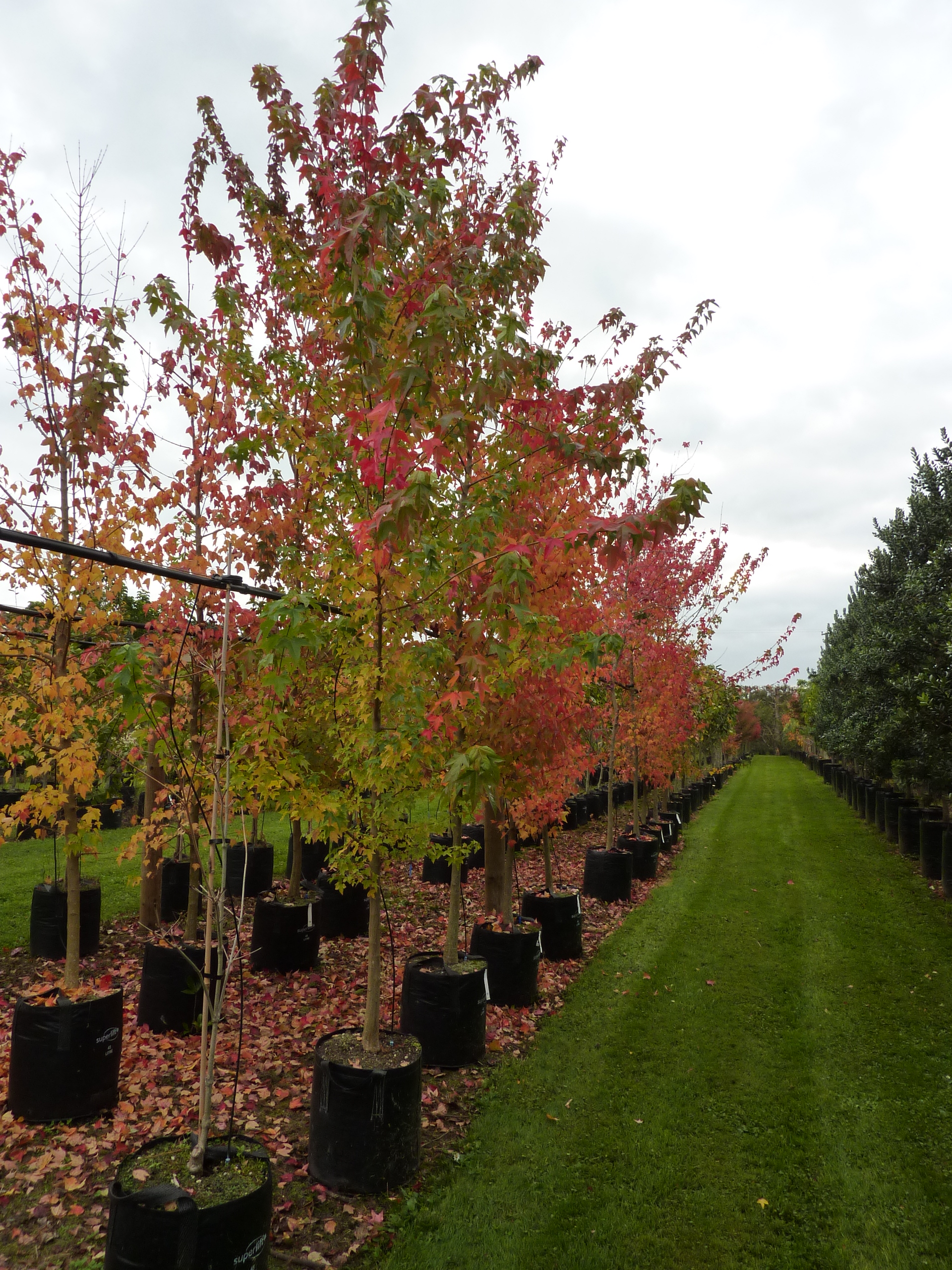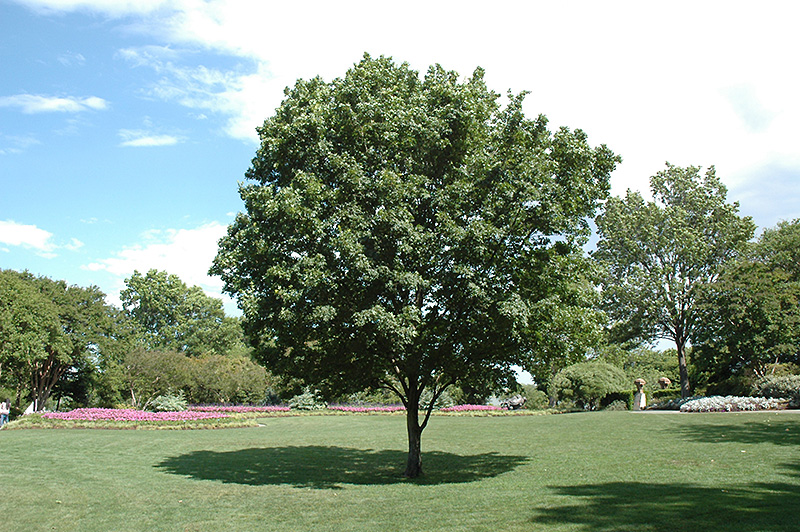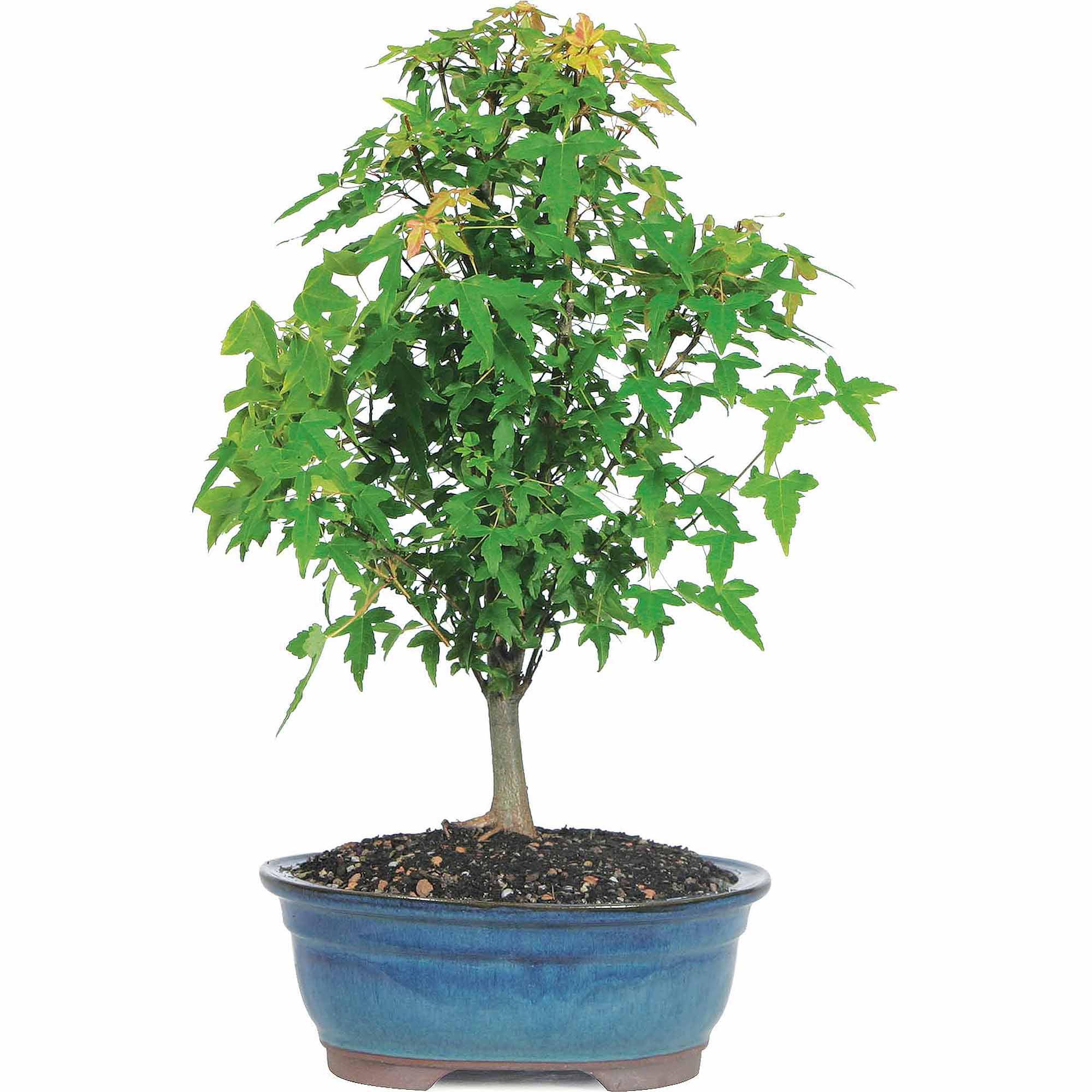

It is a smaller tree, achieving a maximum height of about 15 feet after 15 years.

To overcome this, you can either lift the tree out once every three or four year and cut the tap root back, or grow the tree over a paving slab or flat stone to prevent the tap root from going right down into the soil. If the tree is left unchecked, the tap root goes straight into the ground and very little surface root will develop. There is just one drawback to open ground cultivation and that is the development of the tap root. If you plant a cutting in open ground, you will get thickening in a very short space of time. There is no substitute to growing in the open ground in order to get a thick trunk. There are four distinct phases in developing large size Tridents: What I discovered in the twenty or more years that I have been experimenting with Tridents is worth sharing with you. Nor is the creation of good taper and nebari. They continued to grow on year by year and the trunks got progressively thicker and branches would sprout from all over the trunks.Īlthough growth is prolific with Japanese maple Bonsai –getting branches to sprout from just the right places is not that easy. I grew them on in our nursery in large training pots but not in the ground. They were so ugly that no customers were interested in them, which was all the more reason that I was determined not to sell them. They had no taper or branches at all, - hence the cheap price. In 1990, on one of my regular trips to Japan, I came across some very thick Trident stumps that were being sold quite cheaply. This is what we aim to achieve a Bonsai with a thick tapered trunk. Once I got the taste of the Trident maple, I began to experiment with the development of good Surface roots, or Nebari, taper and ramification at my nursery in Surrey. On my buying trips to Japan, I was able to pick Tridents of all sizes to grow into the styles and shapes that I liked. By planting the cuttings in open ground, I was surprised to find that they could grow into large trunk trees with trunks of 4" (10cm) diameter in just four or five years! But it wasn’t until I started my own nursery in the mid 1980’s, that I started experimenting with Tridents seriously. About that time, I purchased one such tree and made quite a few cuttings from it. Most of them were just small plants costing very little, but there were a few with trunks of around 4" (10cm) diameter which fascinated me. My first encounter with Trident maple bonsai trees dates back to the early 1970s when a couple of UK Bonsai nurseries first started importing Tridents. Acer buergerianum, and none are as easy to develop in a short space of time as the Trident. none are as impressive as the Trident maple -i.e. But of all the species commonly used for large Bonsai. They do not grab me in the same way that large Bonsai can do.

Shohin and Chuhin may be cute, but to me they do not have the power and majesty of larger Bonsai. Shohin and Chuhin size Bonsai do very little for me. Although Bonsai is the art of growing miniature trees, I have always been fascinated by Bonsai that are on the large side.


 0 kommentar(er)
0 kommentar(er)
